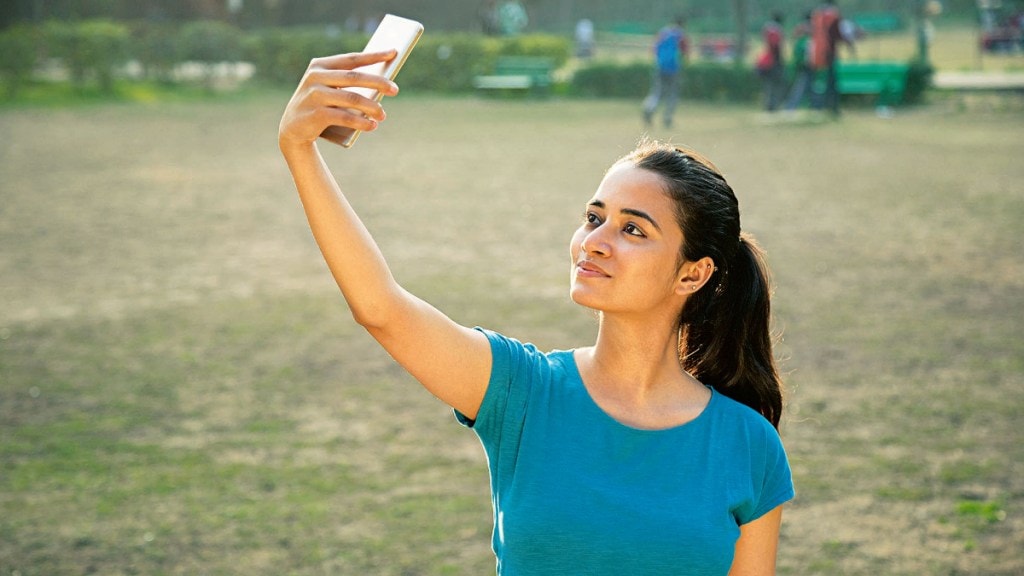Meta, the parent company of social media giants Facebook and Instagram, has stepped up efforts to monetise its highly popular short videos or Reels. To stay one step ahead of competitors YouTube Shorts, Moj, and MX TakaTak, it has introduced a slew of features while phasing out certain others. It has started expanding testing of its programme Ads on Reels this month, which will allow creators’ pay to be determined solely by the performance of reels, and not by ad earnings. Initially tested on Facebook, the programme will be rolled out on Instagram in the coming weeks.
Its earlier initiative, Reels Play bonus, which was introduced in 2021, was phased out this year. The programme financially rewarded creators for achieving several video goals, including performance metrics, post frequency, and thematic content.
Meta also plans to introduce a gifting feature, enabling users to purchase gift stars for their favorite creators. For every star received, creators will earn $0.01 as payout. That apart, after collaborating with brands such as Cadbury Dairy Milk Silk, Amazon Prime Video, Meesho, Navi, and Maruti Nexa on their campaigns earlier this year, the company introduced #MadeonReels, a programme inviting brands from various industries to submit creative briefs and participate.
Selected brands will receive support on Reels campaigns at Meta’s expense. The initiative aims to enhance Reels’ visibility among potential advertisers, given that it currently represents the fastest-growing format within the firm.
Says Arun Srinivas, director and head of the advertising business for Meta in India, “We launched Reels less than 3 years ago. Today, there are more than 2 billion reels shared every day, up from 1 billion about six months ago.”
Opportunity beckons
The potential in the space is huge. The short-form video advertising market touched $50 million in FY22. Looking ahead, experts anticipate that by FY30, it will be in the range of $3 billion and $6 billion.
Advertiser interest in short videos has surged because of two key reasons. “Short-form videos like Reels offer several big advantages. Unlike TV commercials, they enable shorter, crisper and snappier messaging,” says Samit Sinha, founder and managing partner, Alchemist Brand Consulting. He adds, “They can be made with smaller budgets and be produced much faster, especially in comparison to the budgetary extravagance that goes into making a TVC.”
The impact of Reels on user engagement and business outcomes is already becoming evident. For one, Maruti Suzuki India says it has benefited a lot by incorporating Reels into its media mix. “Adding Reels to our brand creative mix yielded an incremental lift in metrics such as ad recall and campaign awareness,” said Ram Suresh Akella, the executive director (marketing) of Maruti Suzuki India.
A study commissioned by Meta showed a significant 82% of respondents followed businesses, while 74% engaged in direct messaging with businesses after watching Reels. Another 77% stated that they made purchases as a result. “The monetisation potential of the format is strong and efficiency is up by more than 30% for Instagram and 40% for Facebook between the last quarter and this quarter. Over 40% of our advertisers have now signed up for Reels,” says Srinivas.
Miles to go
However, all this comes with a fair share of challenges. Raghav Bagai, co-founder of Sociowash, says, “The continuous generation of impactful content poses a challenge, especially considering diminishing attention spans. In today’s digital landscape, the first three seconds of any advertisement have become critical.”
There also has to be a fit between the brand’s ethos and the content creator, point out social media influencers Abhi and Niyu.
Meanwhile, competition from other platforms such as YouTube Shorts, Moj, and MX TakaTak, some of which have also introduced monetisation schemes, is intense and Meta would have to put up a tough fight to maintain dominance, say experts. ShareChat’s Moj has announced a ‘Moj for Creators’ initiative, which will help creators earn up to `3,500 crore by 2025, the company said. However, the revenue model is gift-based, not ad-based.
YouTube also introduced its own monetisation programme earlier this year. The company has adopted a revenue-sharing model for advertising on Shorts. Moreover, about 45% of the proceeds from Super Chats, Stickers, etc will be given to creators.
However, Meta still enjoys dominance, with over 140 billion daily views across both Instagram and Facebook. YouTube, on the other hand, has reported that Shorts has crossed 50 billion daily views. By continuously refining its platform, listening to user feedback, and staying at the forefront of industry developments, the former can strengthen its position, experts say.
STORY IN NUMBERS
2 bn
Number of people resharing Reels every day
24%
Increase in overall time spent on Instagram after launch of Reels
40%
Meta advertisers use Reels Ads across apps now
$50 mn
Size of Indian short-form video ad market in FY22


